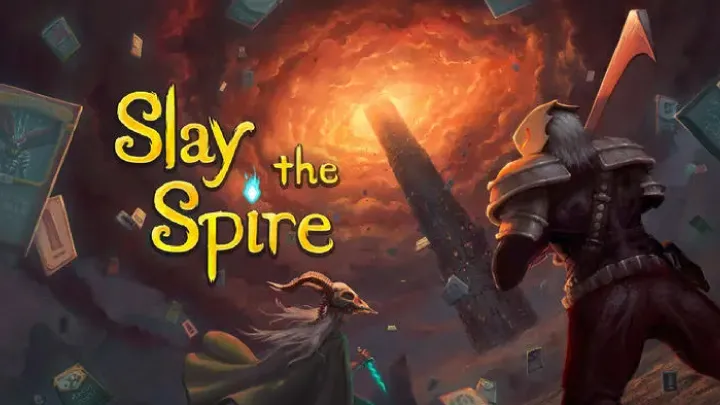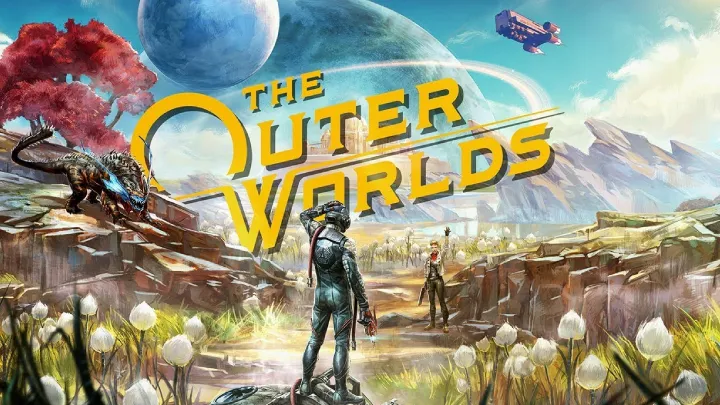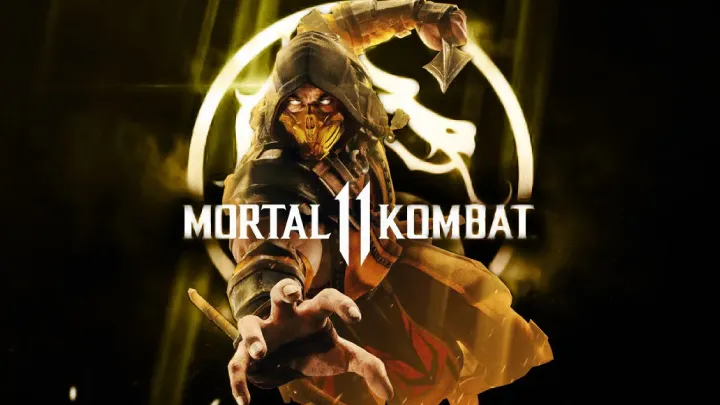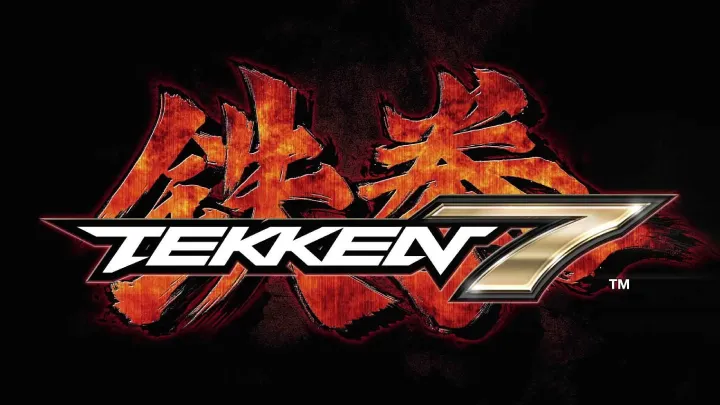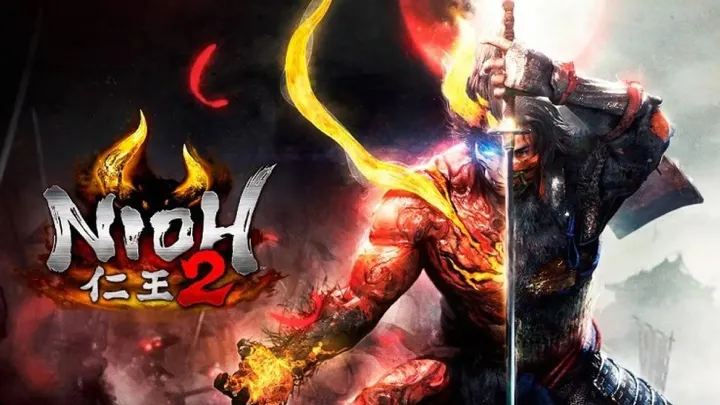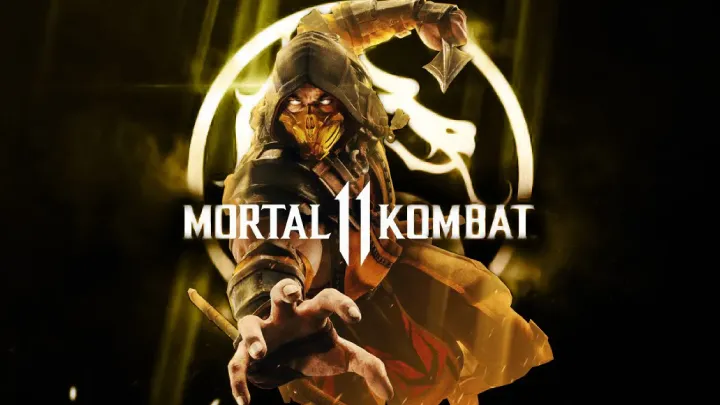
Introduction
Mortal Kombat 11, developed by NetherRealm Studios, has established itself as a cornerstone of the fighting game genre since its release in April 2019. Known for its intricate mechanics, diverse roster of characters, and visually stunning graphics, the game offers a rich and immersive experience for both casual players and competitive enthusiasts. However, one significant issue that permeates the game community is character balance. While Mortal Kombat 11 strives to create a harmonious competitive environment, numerous discussions regarding overpowered characters, tier lists, and gameplay mechanics have arisen. This article explores the challenges of balance in Mortal Kombat 11, investigating its impact on player engagement, competitive integrity, and the overall gaming experience.
The Essence of Combat Mechanics in Mortal Kombat 11
Understanding the Fundamental Mechanics
Mortal Kombat 11 retains many classic mechanics while introducing new elements to the franchise. Key features include:
- Variations: Each character has three different variations that alter their moves, skills, and abilities. This provides players with the freedom to customize their fighting styles.
- Krushing Blows: This new mechanic allows specific moves to deal extra damage if certain conditions are met, adding strategic depth to gameplay.
- Fatal Blows: Once per match, a player can execute a powerful finishing move when their health drops below 30%. This brings dramatic flair and can shift the tide of battle.
These mechanics encourage players to explore different strategies and approaches to combat, but they also introduce complexities that challenge the notion of balance.
The Importance of Character Selection
The character roster in Mortal Kombat 11 features a diverse array of fighters, each with unique attributes, strengths, and weaknesses. From formidable fighters like Scorpion and Sub-Zero to newcomers such as Kollector and Geras, the roster is designed to offer varied playstyles.
However, this diversity can lead to imbalances where certain characters become dominant in competitive play. While striving for character uniqueness is essential, it can create disparities in effectiveness that frustrate both casual and competitive players.
Analyzing Character Balance Issues
Identifying Overpowered Characters
In any competitive fighting game, a recurrent topic of discussion is the existence of so-called “overpowered” characters. In Mortal Kombat 11, certain fighters have been consistently identified as top-tier due to their abilities, damage output, and the effectiveness of their strategies. Characters like Joker, Kabal, and Cetrion have often been at the forefront of balance discussions.
- Cetrion: With her versatile zoning tools and ability to control space effectively, Cetrion can frustrate opponents by keeping them at bay. Her mix of projectile and melee options often puts players on the defensive, leading to a skew in matchups.
- Kabal: Known for his high-speed movement and punishing combos, Kabal can capitalize on mistakes easily. This agility allows him to dodge attacks efficiently and put pressure on opponents.
- Joker: With a unique mix of unpredictability and a variety of tools, Joker can adapt to many situations, potentially overwhelming players with his mix-up game.
Consequences of Imbalance
The prevalence of characters considered overpowered can have significant consequences on gameplay and player experience.
- Demotivation for Players: When certain characters dominate, it can lead to discouragement among players who prefer lower-tier fighters that require more effort to compete effectively.
- Stagnation of Meta: An over-reliance on certain characters within competitive scenes can lead to a stagnant meta, where diversity in fighter selection diminishes as players gravitate toward the strongest options.
The Role of the Community in Balancing Characters
Feedback Mechanisms
The fighting game community plays a pivotal role in identifying balance issues. Players frequently provide feedback through forums, tournaments, and social media platforms. Developers at NetherRealm Studios monitor this feedback closely, using it to inform balance patches and updates.
The Impact of Professional Play
Professional players often act as trendsetters when it comes to identifying strong and weak characters. Characters that frequently dominate tournaments tend to receive heightened scrutiny. This continuous feedback loop is essential for maintaining a balanced environment and ensuring that diverging perspectives are considered before adjusting character strengths and moves.
The Evolution of Patches and Updates
Analyzing Patch History
NetherRealm Studios has released numerous patches to address balance issues in Mortal Kombat 11. These patches, responding to community feedback, often introduce changes to character moves, frame data, and overall mechanics.
Notable Changes
- Kabal's Hook Slam: Following player feedback, Kabal’s damaging Hook Slam was adjusted to make it less punishing, encouraging players to explore other characters more effectively.
- Cetrion's Zoning Tools: To counteract Cetrion's dominance, several of her zoning tools received adjustments in terms of recovery, making her less oppressive against close-range fighters.
The Balance Between Reactivity and Proactivity
The challenge lies in balancing reactive patching—addressing existing issues—while simultaneously being proactive to anticipate changes in the game's metagame. Striking this balance is essential to maintain a diverse and enjoyable player experience.
The Complexity of Competitive Play
Tournament Dynamics
Competitive play heavily influences the dialogue around character balance. Tournaments often showcase high-level strategies and character usage, which can spotlight imbalances. When specific characters consistently dominate the competitive scene, it raises questions about their fairness and leads to widespread discourse surrounding balance.
Pressure on Developers
The stakes are high, as changes to balance directly impact professional competitions. Developers face the challenge of making adjustments that maintain competitive integrity while catering to the broader player base, including casual gamers who may be enamored with different aspects of character balance.
Accessibility for New Players
The Barrier of High-Level Play
One of the critical issues facing Mortal Kombat 11 is the accessibility of its competitive environment. New players often find themselves overwhelmed by the technical demands of high-level play, particularly when facing skilled opponents using top-tier characters.
The Learning Curve Dilemma
While all fighting games possess a learning curve, the steepness of Mortal Kombat 11’s can be intimidating. New players must quickly master complex combo mechanics, punish opponent mistakes, and understand character matchups. With a significant focus on character-balanced dynamics, struggling newcomers may feel singled out by dominant characters in the mix.
Improving the Balance: Future Directions
Potential Strategies for Developers
To address ongoing balance concerns, developers could explore several strategies:
- Dynamic Balancing: Implement data-driven character adjustments based on real-time player metrics, ensuring continual responsiveness to competitive dynamics.
- Enhanced Tutorials: Develop comprehensive tutorials and training modes that cater to both new and experienced players, helping them acclimate to the surrounding balance dynamics.
- Regular Feedback Loops: Establish more formalized feedback mechanisms that allow players to voice their experiences with specific characters, providing clearer insights into balance issues.
Community Involvement
Engaging the community actively in discussions about character balance can create a sense of trust between players and developers. Hosting Q&A sessions, forums, or open beta tests can enhance this dialogue and foster a more collaborative balance-making approach.
The Future of Mortal Kombat 11
Persistence in Evolving Balance
As Mortal Kombat 11 continues to grow, the focus on character balance and forums for engagement with the community will be crucial. Addressing player feedback and identifying emerging trends can create an environment that caters to both casual and competitive players.
The Legacy of Tekken and Street Fighter
Drawing on balance lessons from other longstanding fighting franchises like Tekken and Street Fighter can guide Mortal Kombat 11’s balancing initiatives. Implementing sustainable mechanics that don't unintentionally bias character picks is essential for fostering a healthy and competitive scene.
Conclusion
Mortal Kombat 11 presents a captivating blend of fighting mechanics, character depth, and cinematic storytelling. However, the ongoing challenges of balance and player accessibility pose significant hurdles for the game's longevity and appeal. By acknowledging the nuances behind character dynamics, focusing on community engagement, and remaining proactive in addressing player concerns, NetherRealm Studios can uphold the franchise's legacy while ushering in a new generation of fighters. The dialogue surrounding balance must remain fluid and responsive to ensure that all players—casual and competitive alike—can enjoy the immersive world of Mortal Kombat 11.










